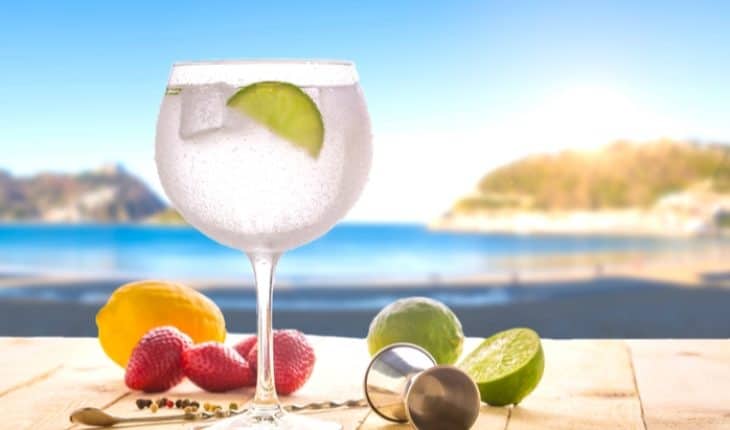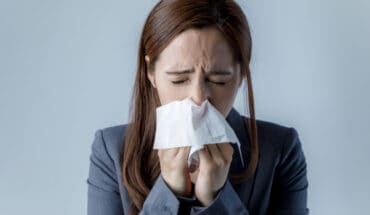The rise in trendy gins – and ‘bottomless’ G&T brunches – risks fuelling the UK’s drink problem, warns Priory expert
· Gin was the fastest-growing alcohol category across western Europe last year, with sales up 41% in the UK
· Gin is often targeted at women, with marketing campaigns and packaging which appeal to females; so-called ‘mother’s ruin’ has become an upmarket drink
· Increasing numbers of bars offer ‘bottomless’ G&T brunches where customers can drink unlimited gin and tonics
A Priory addiction expert warns that an increase in the popularity of trendy gin is contributing to the UK’s drinking problem.
Dr Paul McLaren, a Consultant Psychiatrist who treats alcohol addiction at Priory’s Hayes Grove Hospital in Kent, says: “The drinks industry tries to dress up gin to attract new young, particularly female, drinkers.
“The prefix ‘craft’ conveys a worthiness which deflects attention from its potency and potential toxicity. Marketing initiatives have done a good job in distancing it from the ‘hard’ spirits like whisky and vodka. Gin has had good publicity. It has been presented as a genteel drink with an appealing flavour, focused mainly at women. Gin may be more finely distilled and combined with novel tastes but it is no less toxic when drunk to excess.”
The consultant’s warning comes as the record-breaking hot summer in 2018 led to gin rising in popularity with sales up by 22% across Western Europe – and a whopping 41% in the UK last year.1
Some retailers are reporting sales of canned gin and tonic are up by as much as 25%, as people enjoy their drink ‘on the go’.
Dr McLaren adds, “No matter how refreshing it seems, it is the amount of alcohol which enters our system which does the damage whether neat, on the rocks or in a trendy coloured bottle mixed with something worthy.”
He said bottomless brunches were a particular concern.
“Anything promoted as ‘bottomless’ comes with a hidden cost. This is encouragement to over-indulge. Boozy brunches with the potential for drunkenness early in the day risk wiping out that day and the day after. If you are not used to drinking in the day then you may misjudge your levels and risk driving over the limit when you have to pick up the children later in the day.”
He said social media was also playing its part in the rising popularity of some gin drinks, such as pink gin.
“Photos are central to any social gathering so photogenic drinks are popular. From alcopops onwards, marketing strategies have become more subtle with more complex colouring and flavours designed to soften their image and impress.”
A gin and tonic made with 37.5% ABV gin contains 37.5% pure alcohol. The higher the percentage, the more alcohol is in the drink. ‘Small-batch’ or ‘boutique’ gins can contain considerably higher ABV.
A gin and tonic made with a single 25ml measure of 37.5% Alcohol by Volume (ABV) gin contains 0.9 ‘units’. So drinking 14 gin and tonics – 2 a day – made with this same amount of gin means you will consume nearly 13 units.
If you drink doubles, you’ll be over the weekly guidelines after 8 gin and tonics.
The Government’s guidelines are to drink no more than 14 units a week. If you do drink that much, it is best to spread it over three or more days and have some alcohol free days.
Experts say that if drinkers regularly drink at home, it’s easy to pour too much.
Dr McLaren’s comments come after a study suggested British women were among the heaviest female drinkers in the world. A global alcohol league table showed they drink around 30g of alcohol a day – or three standard drinks.
The table put British women in eighth place for alcohol consumption. Ukrainian women came in first, with more than four drinks a day.
British men, meanwhile, came 62nd in the male category.
Dr McLaren said binge drinking remains a particular issue as did the cheapness of alcohol. Canned gin and tonics are being sold for as little as £1.
“Binge drinkers will commonly believe that they aren’t problem drinkers. Physical dependence, when you need to drink every day to ward off withdrawal symptoms, is not the only drinking problem. Heavy, binge drinking can be every bit as harmful to drinkers, to their families and their bank balance, as physical dependence.”
Binge drinking is defined as males who exceeded 8 units of alcohol on their heaviest drinking day, and females who exceeded 6 units on their heaviest drinking day.
Someone is admitted to hospital every 30 seconds in the UK due to an alcohol related factor.2 In England there were 5,843 related deaths in 2017, a 6% increase compared with 2016.3
More than half of people support raising the UK’s legal drinking age to 21 to help reduce the burden on the NHS and society at large of ‘binge drinking’, according to a new poll.
The research by the Priory Group, the mental healthcare and addiction specialists, among 1,000 adults, found that 56% of adults think the UK legal drinking limit should be 21, the same as it is in the US. Only a third (34%) disagreed with this opinion.
Support for raising the drinking age to 21 rose to 65% among respondents living in London.
- Gut microbiome could delay onset of type 1 diabetes - 3rd April 2025
- The da Vinci 5 Robot Is Set To Transform Bariatric Care: - 31st March 2025
- Beyond money: the hidden drivers fuelling child food insecurity - 31st March 2025






